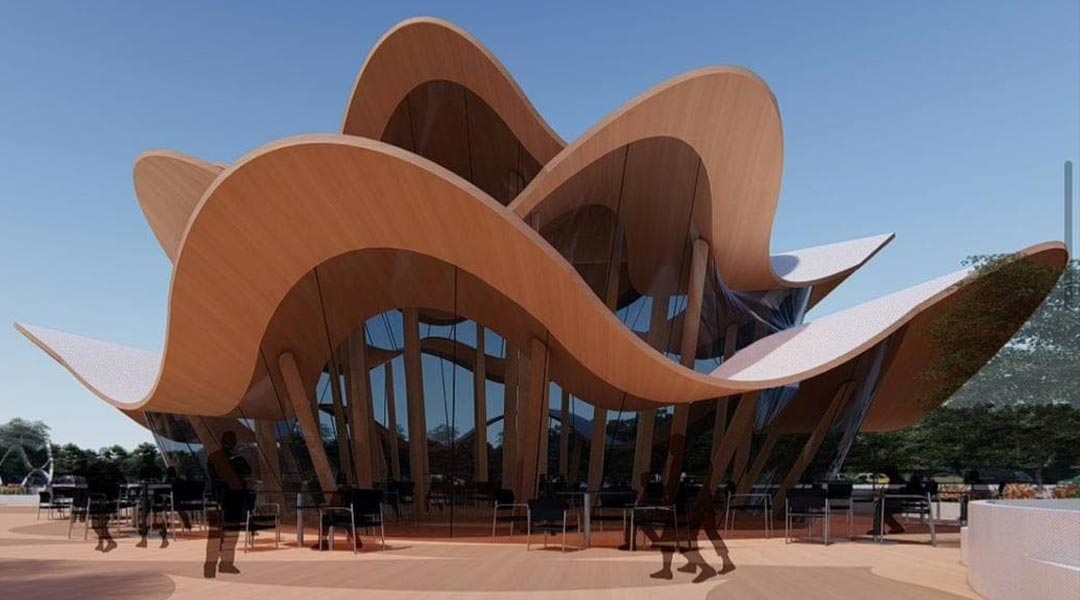
Jason Buensalido on bringing positive change to the nation, communities and people’s lives through architecture
Being exposed to creativity at a young age can open you to different venues of art. For Jason Buensalido, these venues intersected between painting, drawing, music, fashion, and even comics. Soon, this exposure to creative venues was funneled into a technical school where Buensalido specialized in industrial drafting–a practice that revitalized his passion for drawing and directed his life into drawing then ultimately architecture. Like every student and connoisseur of this technical yet artistic practice, Buensalido realized the intricacies surrounding architecture the more he exposed himself to it.
“I took up architecture thinking it would be just about drawing, not knowing that it was much more than that – theory, history, philosophy, among many other things. But the more I learned about it, the more I fell in love with it, especially when I realized that architects can influence the way of life for a certain set of people. At that point, I knew that design and architecture were going to be my platforms to help improve people’s lives.”
Years later, the young architect-to-be took on a certificate course in Urban Geographies, under the Architectural Association Global School in Singapore a few years after completing architecture in UST. By 2006, he won a national competition for a Conceptual Masterplan of the Cultural Center of the Philippines and finally established Buensalido + Architects, a local firm that was born at a time when the design styles in the country seemed to be a rainbow of foreign styles that barely shed light on local contexts.
READ MORE: The World Architecture Community’s Community Awards, 37th Cycle

“…I believe that we needed to re-discover, assert, and claim our own identity if we want to compete, converse, and be recognized globally. I started the firm to explore how the Filipino Culture and Identity could be translated into architecture and the built environment in a contemporary way. Moreover, I wanted to be part of something that could bring positive change to the nation, communities, people’s lives. Through architecture.”
This vision has, until now, seeped into the heart of the firm. It has turned Buensalido + Architects into one that specializes in crafting structures carrying the essence of filipinism-something many of the buildings seem to lack as of today and replace with spaces that stand as reawakened traditional models (that are, according to Buensalido, are inherently Filipino but unfortunately do not fit today’s modern context) or are simply bathed with touches of the foreign and do not meet the local context needed to reflect Philippine culture.
READ MORE: More From Anthology Festival 2021: Shelter Dialogues and What Makes a City
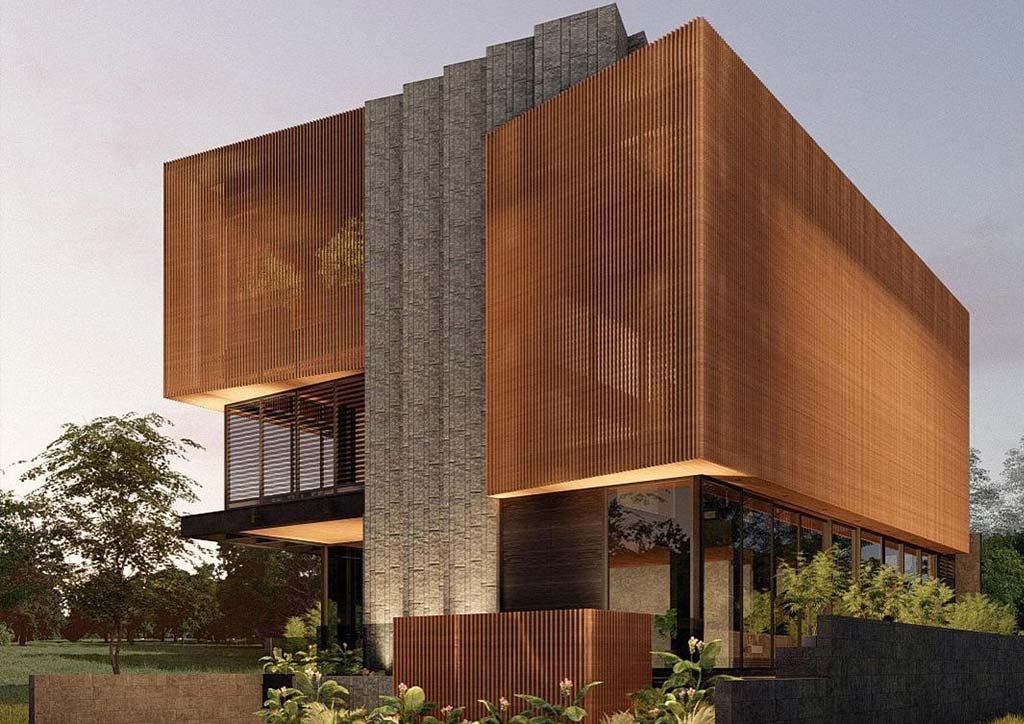
“I believe that the principles of designing for our specific conditions and contexts should always take precedence, rather than adopting design styles or trends that don’t serve their functional purpose. Most importantly, I believe that defining and creating the Filipino identity is not about sticking to certain styles, forms, designs, or materials that are already associated with. Rather, it is about expressing the principles, values, the spirit, and the lifestyle of the Filipino.”
Buensalido adds that defining Filipino architecture shouldn’t be entertained as defining inherently means hurling limitations. Living in contemporary times, he believes it is best to let Filipino architecture organically evolve alongside the times without forgetting about the country’s historical roots and heritage.
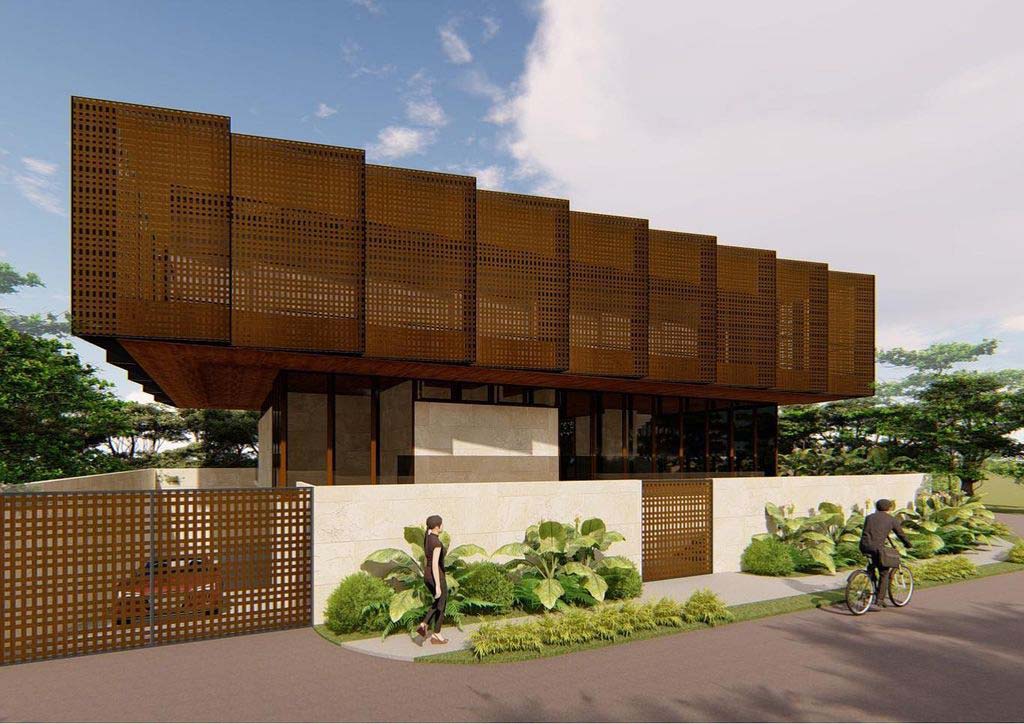
“As long as it responds to and reflects the specific context of the Philippines (such as climate, culture, geography, politics, technology, history, heritage; and even needs, hopes, and dreams of Filipinos), then that is Filipino Architecture. Being an archipelago though, these conditions would surely differ from place to place, island to island, community to community, so one must exercise critical thinking and take the time to deeply understand this, prior to bringing forth any design proposition.’
READ MORE: In the Middle of a Pandemic, China Architecture continues to Wow
Among the firm’s many local projects, architect Jason Buensalido highlights Sofia Townhomes as a nod to the highly adaptive structure that refined him as a designer.
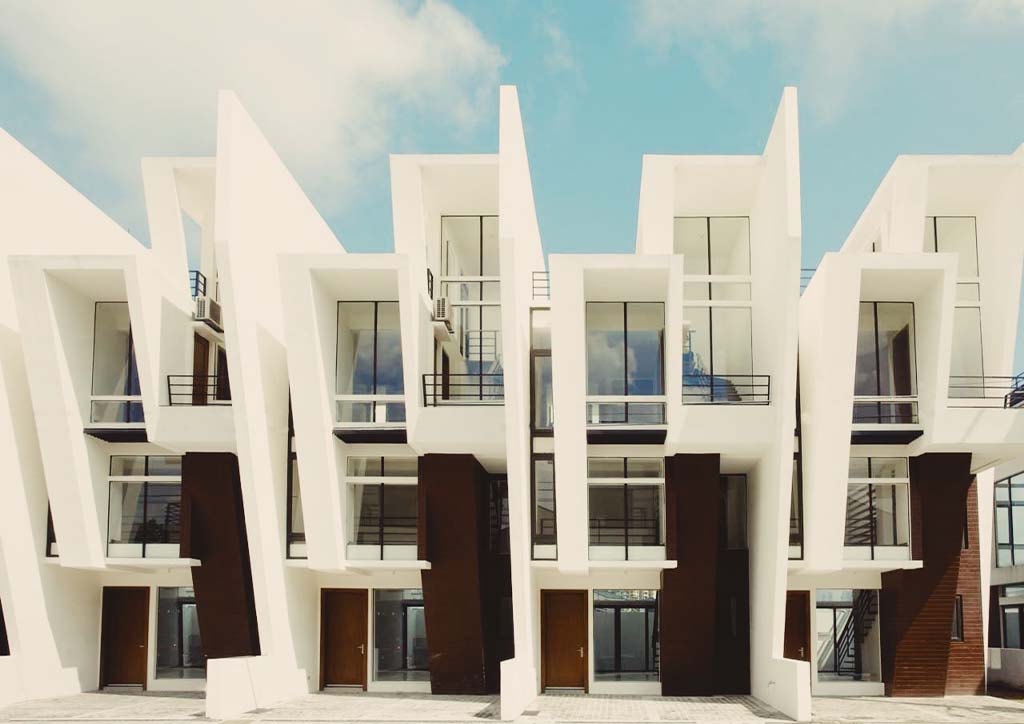
The project was one that challenged the firm to create a residential space that was built with minimal budgeting but would still appeal to a wide spectrum of people and evolve alongside the creative start-up families living in it. In the end, the project’s design centralized personalization.
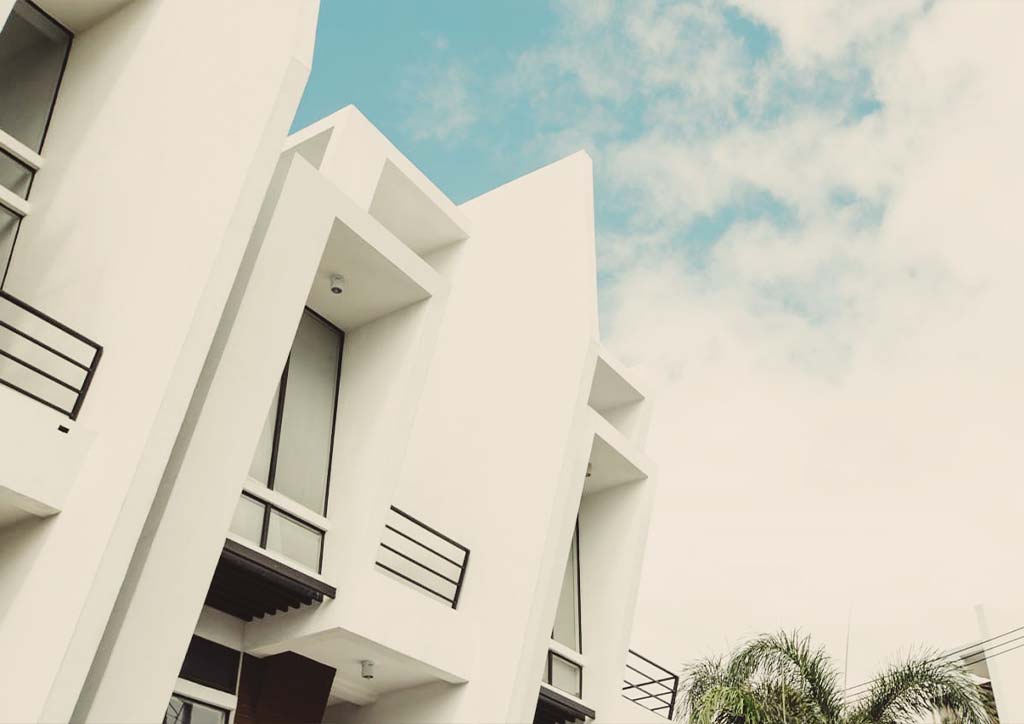
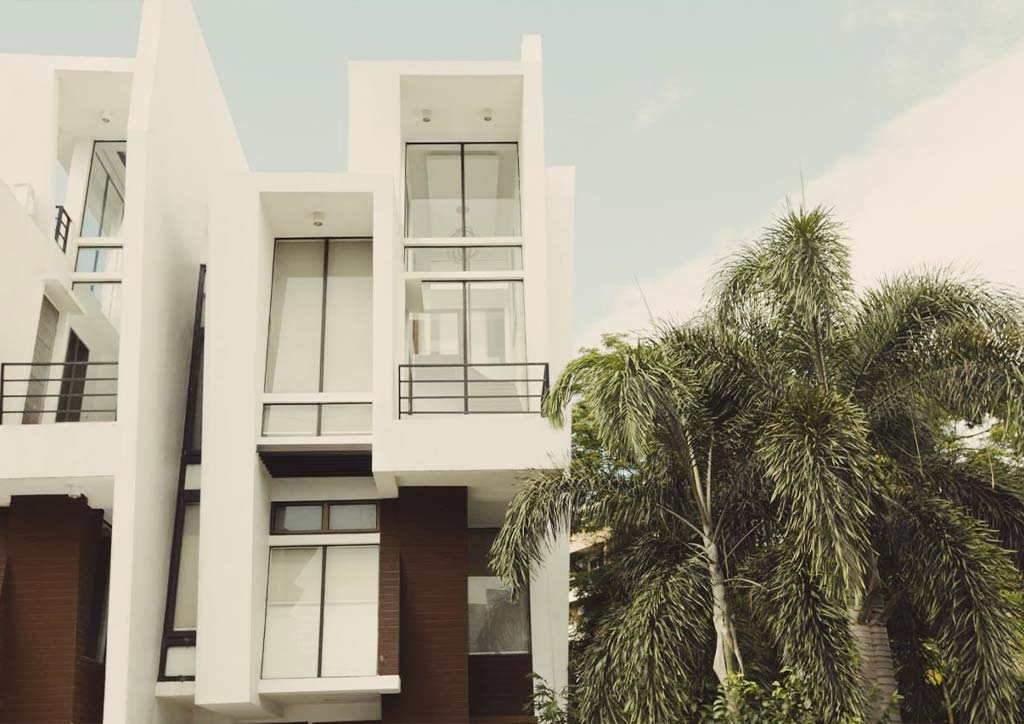
“We simulated multiple possible futures at the onset, going as far as providing floor plans for the buyers’ future expansion as early as the time of purchase or inquiry. Based on these multiple possibilities, we ensured that the structure could accommodate these future expansions. For Example, the 5.5-meter high master’s bedroom can accommodate additional levels or lofts, and the roof deck can be turned into another bedroom in the future. The developer was not just able to sell the current available floor area of the project, but the buyers bought into the potential future size of the project too. By showing people their possible future and that the house can serve as a backdrop for that, this creates a nudge of encouragement for users and a predisposition of optimism towards the future.”
Alongside Sofia Townhomes is the colorful and strikingly patterned Biker’s Den.
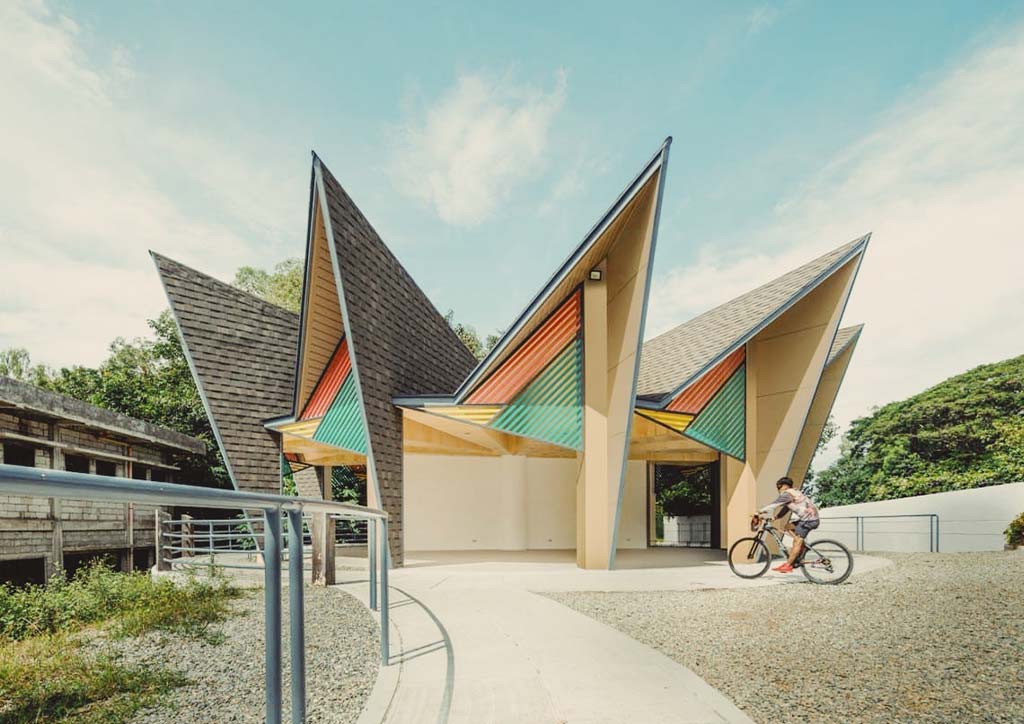
Though it is a small project commissioned by the government of San Fabian, Pangasinan’s Cong. Toff De Venecia, Biker’s Den is a good example of how highly communicative collaborations between the government and architects can positively impact their communities.

San Fabian is a town well known for the natural and challenging scenic trails that entice bikers. With Congressman de Venecia’s agreement, Biker’s Den became the town’s welcome center/pit stop for the growing biking community.
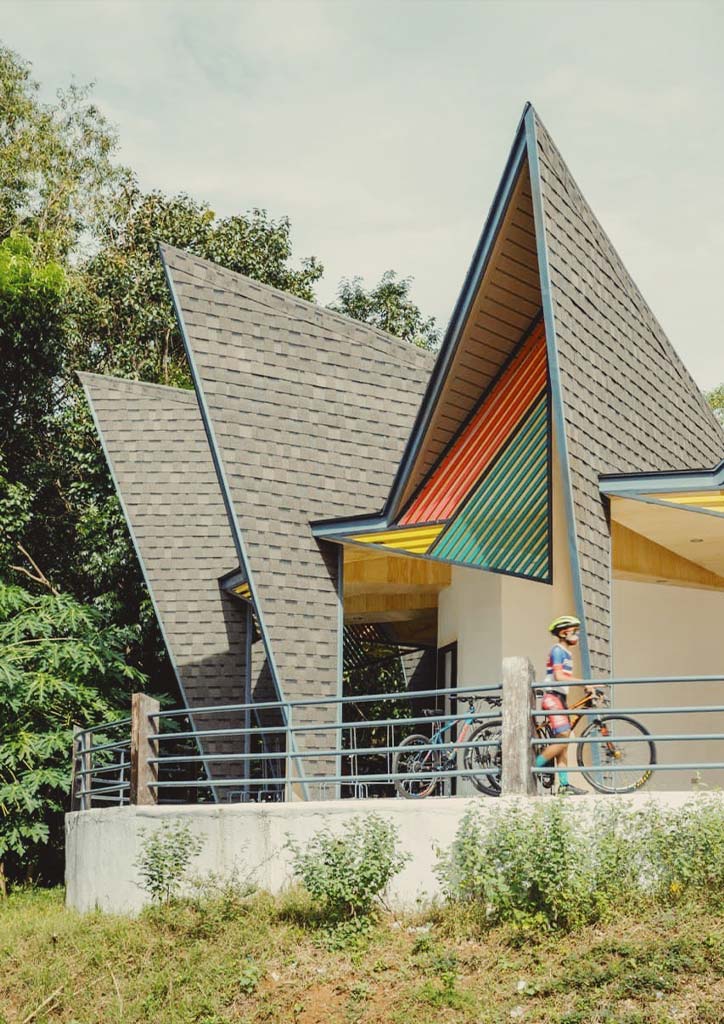
This structure was included in a macro plan that would introduce strategies, artistic, and creative interventions in the district to stimulate development. As a result, Biker’s Den was born as an expressive structure that also works as a tourist landmark that carries the locals’ identity and pride.

“We took inspiration from the circular shape of gears and wheels of bikes. The structure is circular in plan, with a roof form whose ridges radiate from the center like spokes, whose tips were pulled up for easy visibility from afar, resulting in a familiar yet expressive structure. The shape resulted in a free space that is open, welcoming, and accessible from all sides – similar to the emotion we want to convey.”

Being a pit stop and tourist landmark, Biker’s Den has invited positive development around it. Local restaurants can be seen perched beside the structure and more events are being held nearby to build a consistently vibrant community.
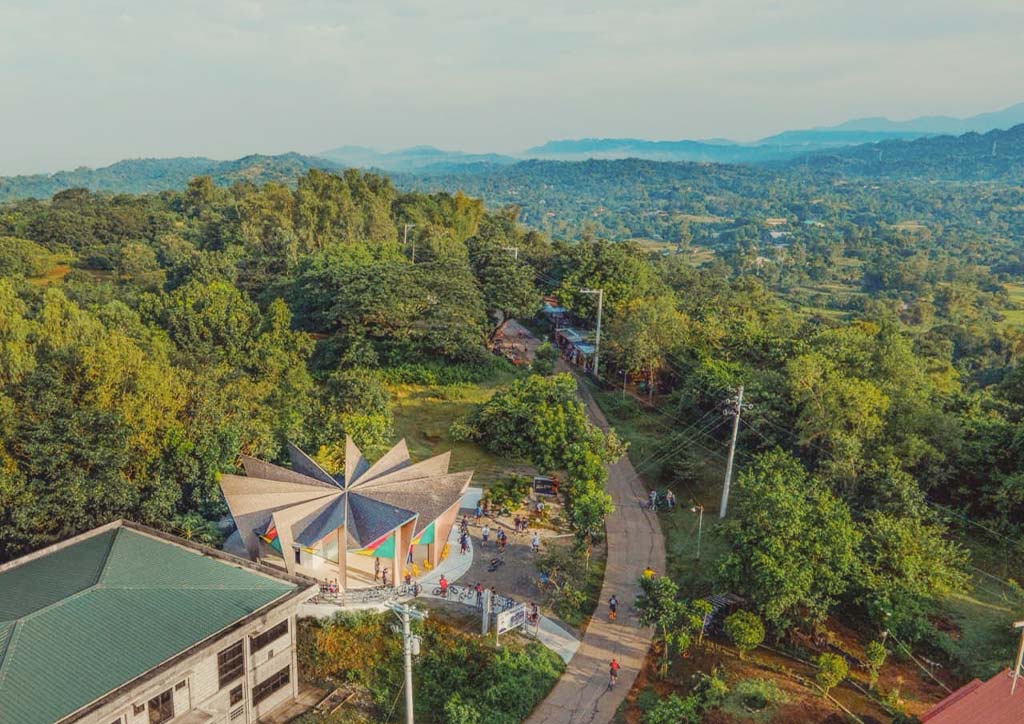
Buensalido + Architects’ beautiful and human-centric creations are highly inspired by family and nature.
“My wife and daughter are my inspiration constants. I am also fascinated by different phenomena in nature (changing of seasons, the murmuration of birds, rock formations formed by interacting with the elements for thousands of years, etc) and patterns and colors in nature (leaves, Voronoi, butterfly’s wings, ). Everything in nature obviously has a reason for being (highly logical, systemic, functional), yet is also very beautiful and ephemeral. This balance inspires me.”
READ MORE: The Basics of Trust: Transparency and Inclusion from DADA’s new Bongao Municipal Hall


